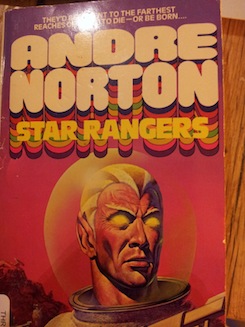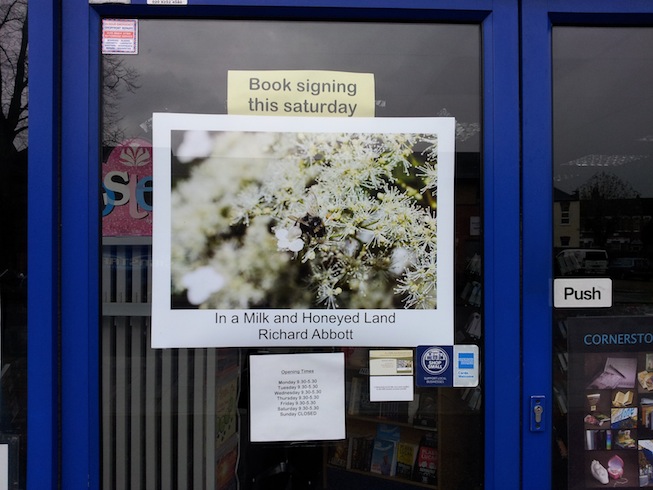Regular blog readers will know that I have been enthusiastically reading, and posting reviews about, Petteri Hannila’s Fargoer series – see for example my Goodreads review at http://www.goodreads.com/review/show/446063028 for the first in the series. Well, intrigued by the mythic background to this, I ordered a copy of the major Finnish epic The Kalevala, which duly arrived just before the weekend. Naturally I devoured the translator’s notes first off, and was both thrilled and fascinated to discover that many of the poetic devices in the old FInnish tradition are shared with the ancient Middle Eastern works that I normally read.
For example, parallel couplets are a dominant feature in both – you can find them on pretty much any Kalevala page you turn to and opening at random we have:
Let a shrewd man tell a tale
a bench-sitter sing a song
interestingly, these Finnish poets seem to have also taken delight in a device which is quite rare in Hebrew poetry but much more prominent in Egyptian, where instead of just a pair of lines being in parallel, a whole series keeps the chain going for some time, such as:
before the day breaks
and the dawn god dawns
and the sun comes up
and the cockcrow sounds
Chiasmus makes an occasional appearance, often to culminate a set of parallel pairs. Since I do not have the original text (nor indeed the knowledge of Finnish to work with it) I am not sure how frequently chiasmus is actually used. Modern translators often swap it back into simple parallelism for any of several reasons including an expectation that modern readers will not respond to it (see the analysis in my thesis Triumphal Accounts in Hebrew and Egyptian). Keith Bosley (the translator) says that parallelism is “often inverted into chiasmus”. An example that has been left in, showing the concluding role of chiasmus, is
he’d sing the seas to honey
the sea sands to peas
the sea’s soil to malt
and to salt the sea’s gravel.
The Kalevala poets also delighted in a series of longer repetitions – often though not always a series of instructions passed from person to person, and sometimes climaxed by a failure to make an exact copy. One series, describing attempts to find a good recipe for making beer, has three near-repetitions describing how a young woman picks something up from the floor, takes it to an older woman who turns it into a living creature and then dispatches it on a quest. This feature also turns up in Ugaritic material, for example in the Legend of Keret where part of the plot hinges on Keret’s failure to comply with the words of a specific promise. That kind of departure, and the serious consequences of it, would have been easily recognised by the Kalevala bards.
That’s it for today’s post – I had planned to do both similarities and differences in one go, but the tale rapidly grew in the telling! Next time I’ll look at some of the differences, and tie the whole thing up.
Meanwhile, nearer to home, I am in the last stages of preparing a promotional slide-show / video for In a Milk and Honeyed Land – look out for it soon at http://www.kephrath.com and also on You Tube!


 Two things this time. First, the book signing at Cornerstone Books in North Finchley on Saturday went well. Some interesting conversations, some good contacts for the future, and some book sales! Now I have to think about how to follow this up.
Two things this time. First, the book signing at Cornerstone Books in North Finchley on Saturday went well. Some interesting conversations, some good contacts for the future, and some book sales! Now I have to think about how to follow this up.